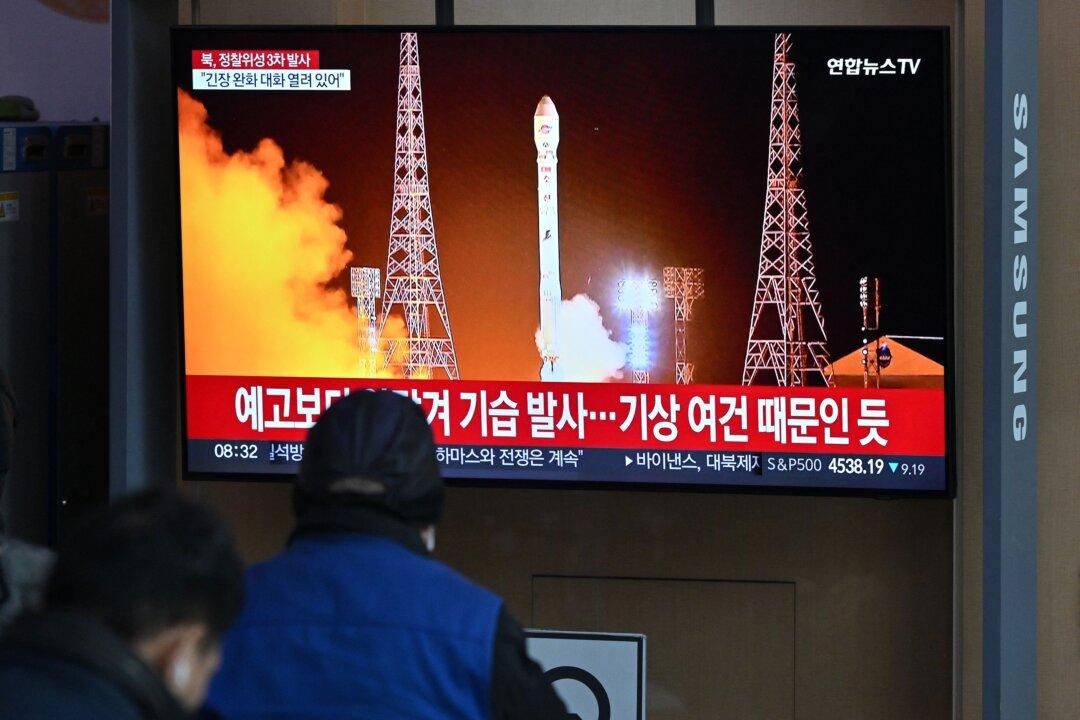Commentary
North Korea’s launch of a reconnaissance satellite and follow-up acts unfolded like a well-orchestrated blitzkrieg. On Nov. 21, North Korea notified the Japanese Coast Guard that it would launch the spy satellite between Nov. 22 and Dec. 1 and designated three expected zones of falling debris. However, it launched the satellite by surprise on the night of Nov. 21, thus proving that the regime doesn’t care about the safety of ships navigating the expected debris-falling zones.

